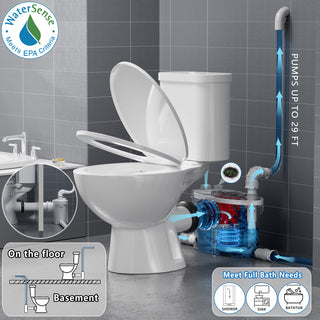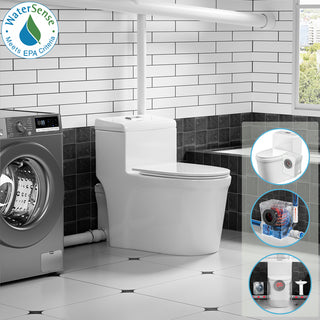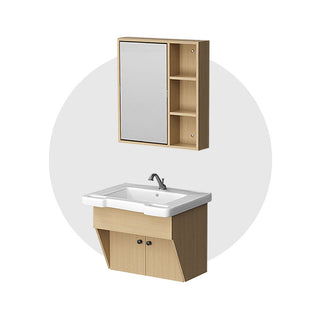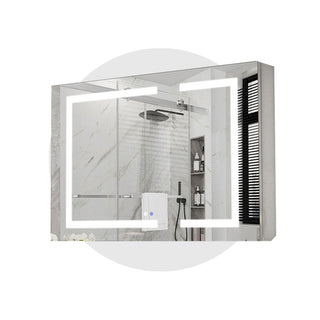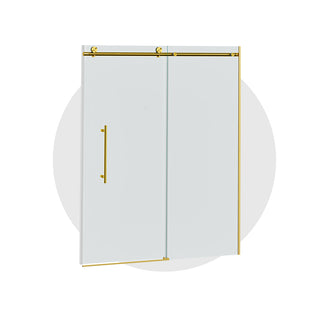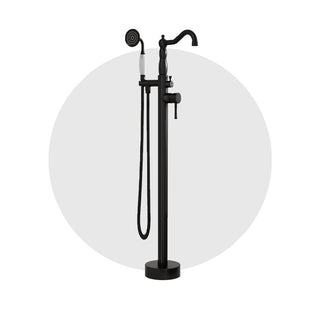There are generally two types of toilet flushing systems: one is the direct flush system, and the other is the siphon flush system. However, there are different variations of the siphon flush. This article will explain the different types of siphon flushing methods.
1. Waterfall-like Discharge
In this type, a ring of water outlets is installed at the upper inner side of the toilet bowl. During flushing, multiple outlets discharge water simultaneously. This is the flushing method commonly used in direct flush toilets, often combined with jet holes to enhance flushing power.
Disadvantage: In areas with poor water quality, long-term use may cause yellow water stains to appear on the inner surface of the toilet bowl.

2. Countercurrent Discharge
The water outlets in this type are located on the left and right sides of the toilet, with a strong flushing force that can break down waste and push it into the drainpipe. This discharge method is mostly paired with siphon toilets.
Disadvantage: Sometimes, the flushing force is too strong, which may cause waste to splash.

3. Jet Discharge
This type of toilet adds an additional jet path at the bottom of the bowl, directing water toward the center of the drain. During flushing, part of the water flows out from the rim holes around the toilet seat, while the other part is sprayed from the jet opening, creating a dual impact that significantly improves the flushing ability.
Advantages: Low noise, effective odor and splash prevention.
Disadvantage: It uses more water.
4. Vortex Discharge
The so-called "super vortex" toilets on the market use this flushing method. The water outlets are located on one side of the toilet bowl. When flushed, the water forms a vortex along the bowl wall, which increases the flushing force on the bowl and enhances the siphoning effect, making it more effective at clearing waste.
Advantages: Combines both siphon and vortex effects, creating strong suction and flushing power, resulting in quick and thorough flushing. It also offers better odor and stain prevention, and quieter operation.
Disadvantage: The price is relatively high.



